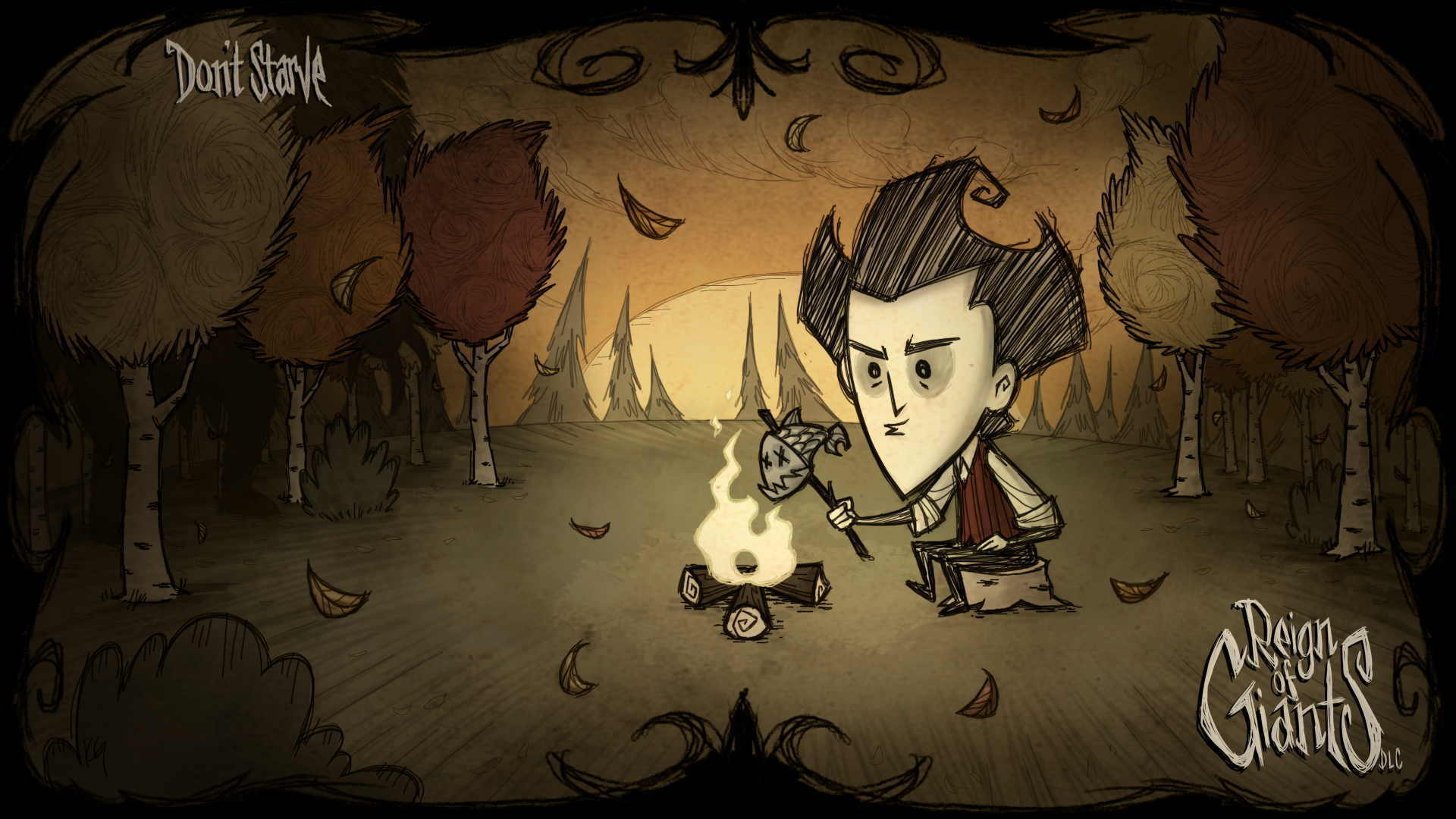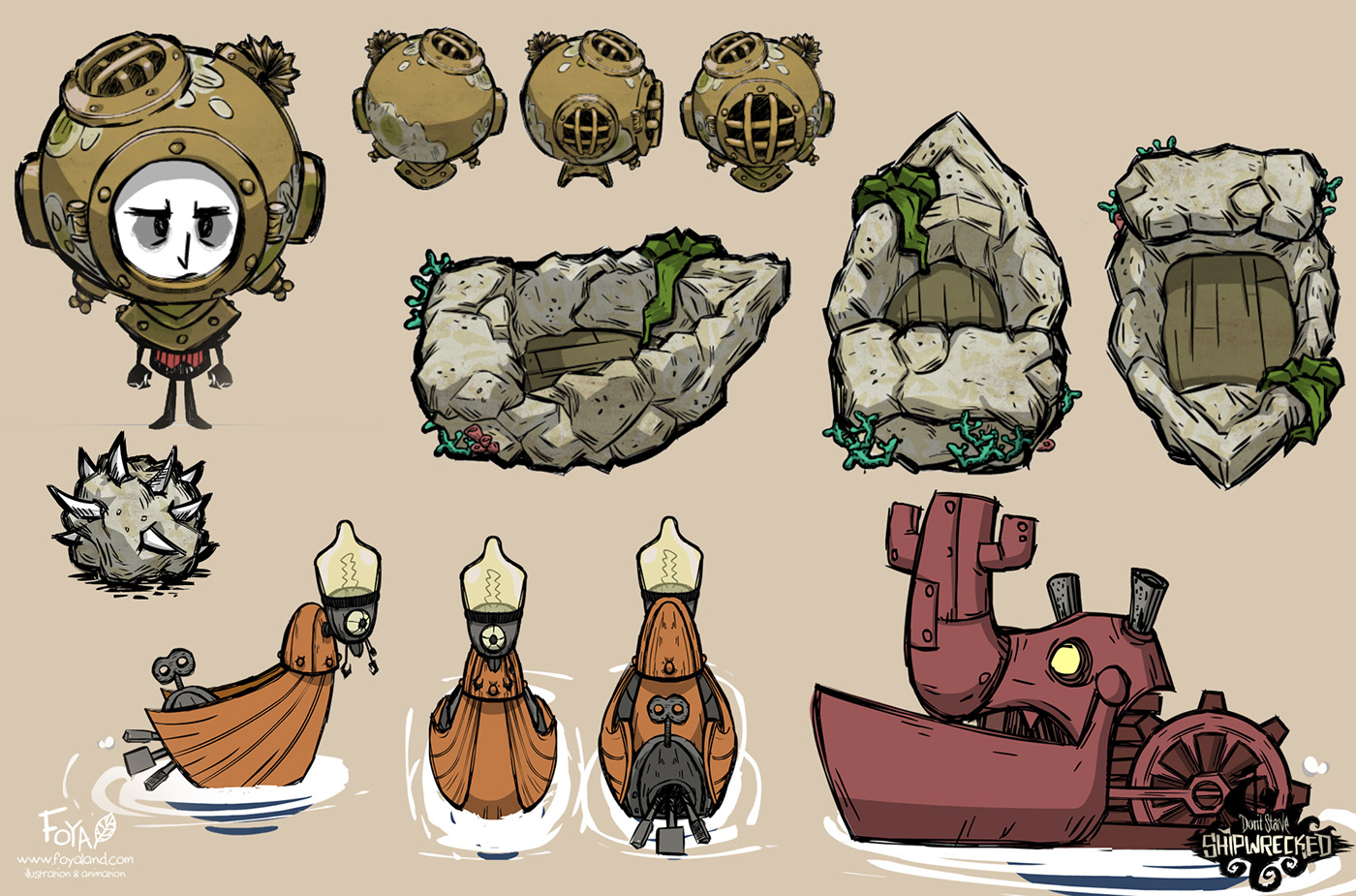
Antlion adults are easily distinguished from damselflies by their prominent, apically clubbed antennae which are about as long as the head and thorax combined. Although they somewhat resemble dragonflies or damselflies, they belong to a different infraclass of winged insects.

The adult has two pairs of long, narrow, multiveined, translucent wings and a long, slender abdomen. Acanthaclisis occitanica is the largest European species, with an 11 cm (4.3 in) wingspan, and most North American species approach this size. The African genus Palpares contains some of the largest examples.

The predatory actions of the larvae have attracted attention throughout history and antlions have been mentioned in literature since classical times.Īntlions can be fairly small to very large neuropterans, with wingspans ranging from 2 to 15 cm (0.8 to 5.9 in). A 2019 study finds Myrmeleontidae to be monophyletic, aside from Stilbopteryginae and Palparinae, which form separate clades closer to Ascalaphidae. Myrmeleontiformia is generally accepted to be a monophyletic group, and within the Myrmeleontoidea, the antlions' closest living relatives are thought to be the owlflies (Ascalaphidae). They most commonly occur in dry and sandy habitats where the larvae can easily excavate their pits, but some larvae hide under debris or ambush their prey among leaf litter.Īntlions are poorly represented in the fossil record. The greatest diversity occurs in the tropics, but a few species are found in cold- temperate locations, one such being the European Euroleon nostras. Adults, sometimes known as antlion lacewings, mostly fly at dusk or after dark and may be mistakenly identified as dragonflies or damselflies.Īntlions have a worldwide distribution.

The adult insects are less well known due to their relatively short lifespans compared to the larvae. In North America, the larvae are sometimes referred to as doodlebugs because of the marks they leave in the sand. They are known for the predatory habits of their larvae, which mostly dig pits to trap passing ants or other prey. The antlions are a group of about 2,000 species of insect in the neuropteran family Myrmeleontidae.


 0 kommentar(er)
0 kommentar(er)
